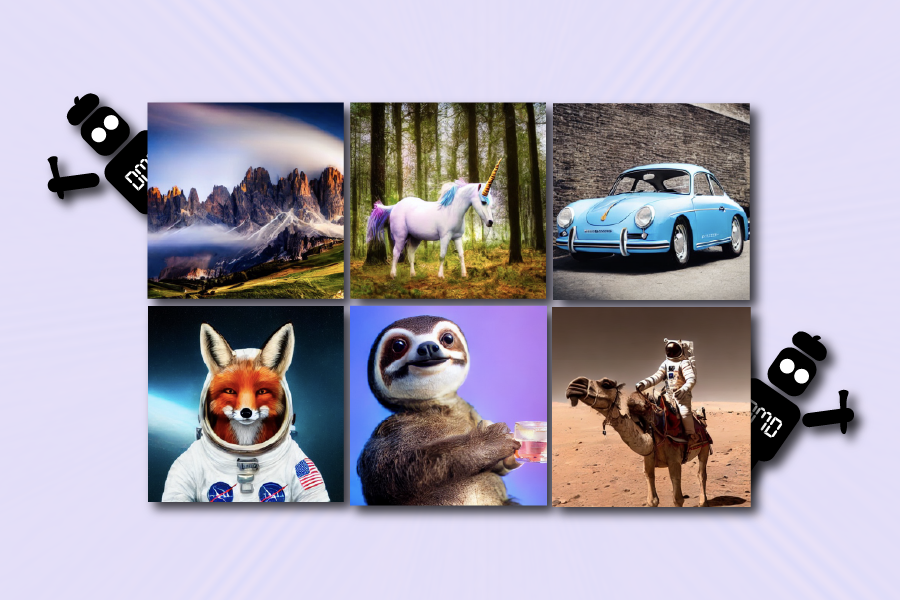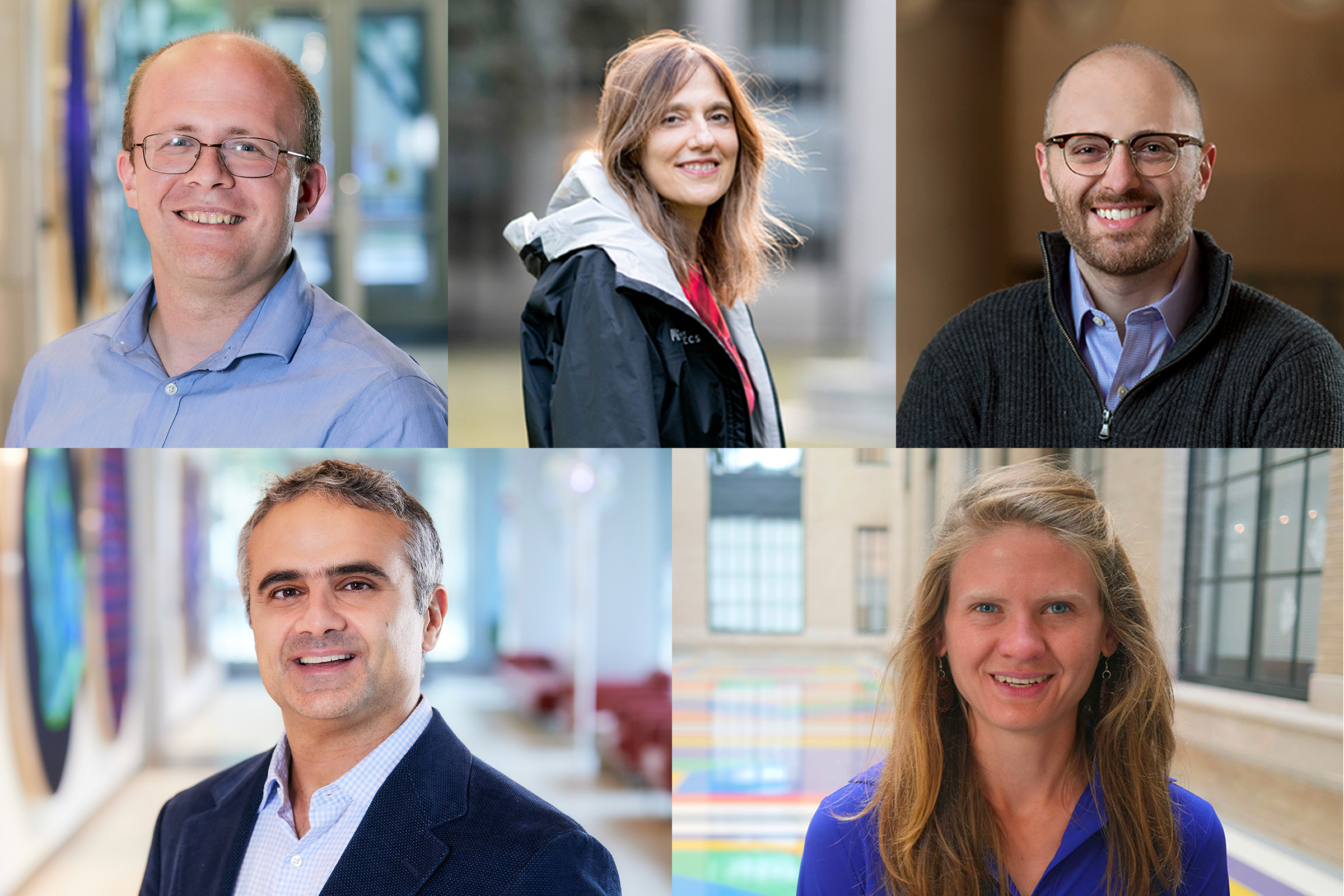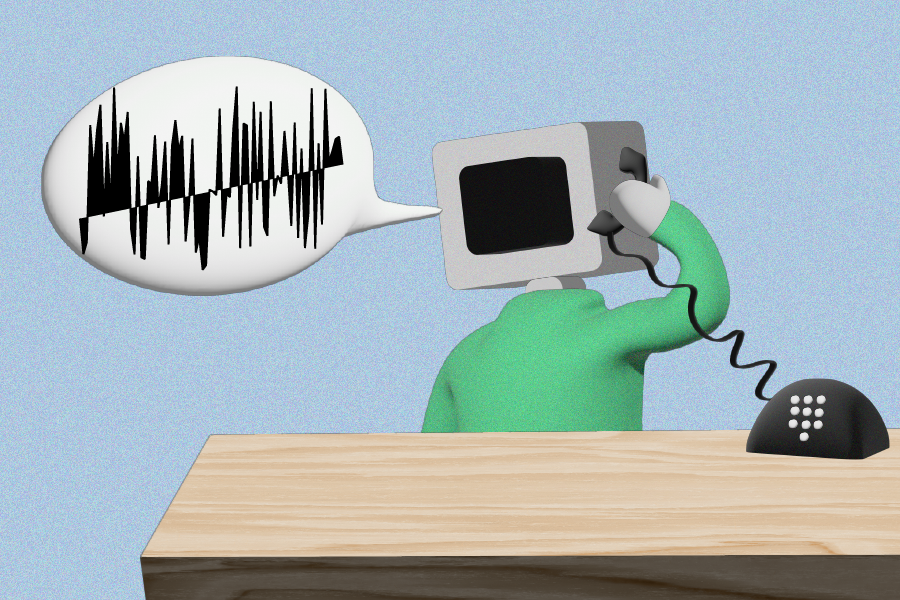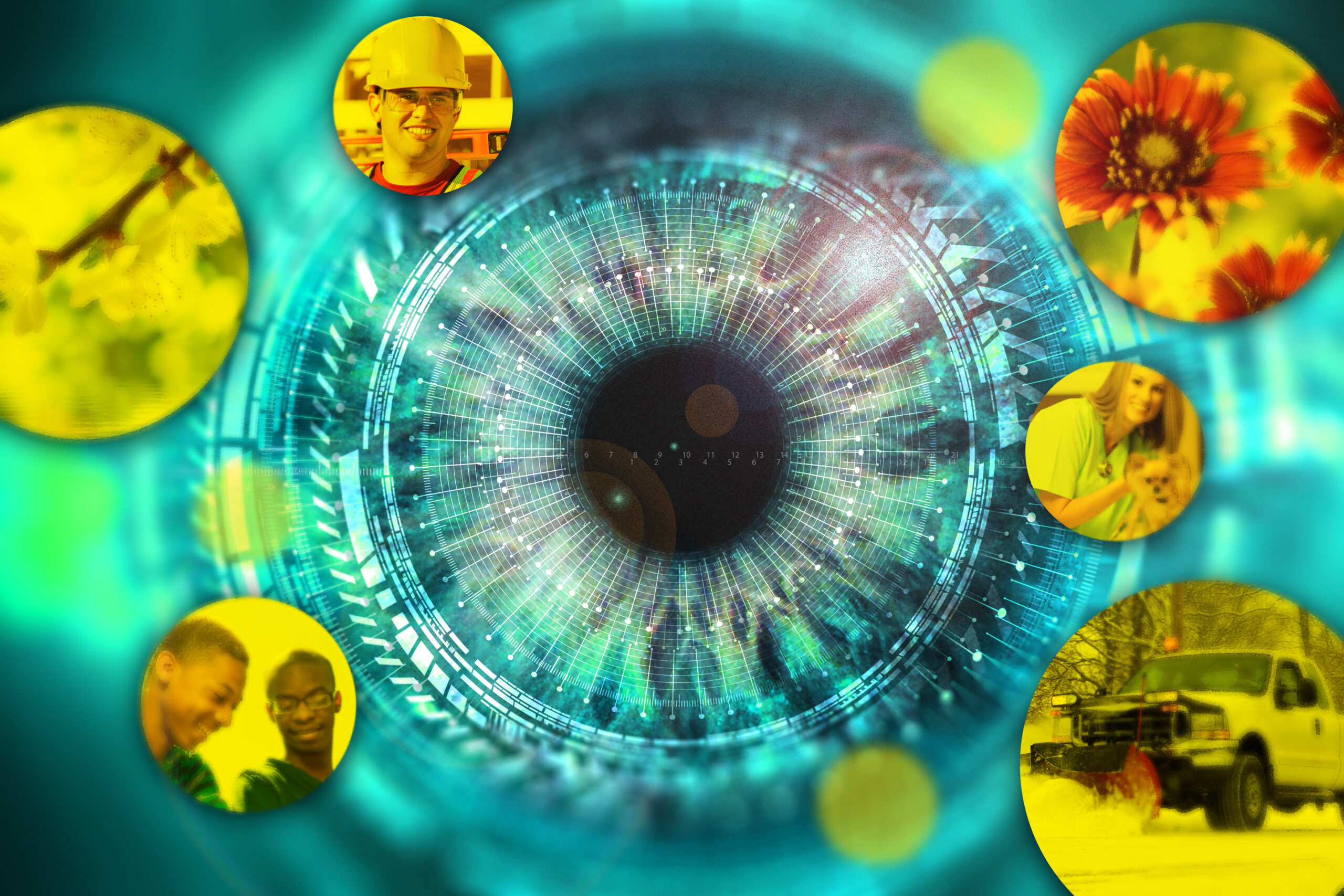MIT

Large language models use a surprisingly simple mechanism to retrieve some stored knowledge | MIT News
Large language models, such as those that power popular artificial intelligence chatbots like ChatGPT, are incredibly complex. Even though these models are being used as tools in many areas, such as customer support, code generation, and language translation, scientists still don’t fully grasp how they work. In an effort to better understand what is going…

AI generates high-quality images 30 times faster in a single step | MIT News
In our current age of artificial intelligence, computers can generate their own “art” by way of diffusion models, iteratively adding structure to a noisy initial state until a clear image or video emerges. Diffusion models have suddenly grabbed a seat at everyone’s table: Enter a few words and experience instantaneous, dopamine-spiking dreamscapes at the intersection…

New algorithm unlocks high-resolution insights for computer vision | MIT News
Imagine yourself glancing at a busy street for a few moments, then trying to sketch the scene you saw from memory. Most people could draw the rough positions of the major objects like cars, people, and crosswalks, but almost no one can draw every detail with pixel-perfect accuracy. The same is true for most modern…

Five MIT faculty members take on Cancer Grand Challenges | MIT News
Cancer Grand Challenges recently announced five winning teams for 2024, which included five researchers from MIT: Michael Birnbaum, Regina Barzilay, Brandon DeKosky, Seychelle Vos, and Ömer Yilmaz. Each team is made up of interdisciplinary cancer researchers from across the globe and will be awarded $25 million over five years. Birnbaum, an associate professor in the…

3 Questions: What you need to know about audio deepfakes | MIT News
Audio deepfakes have had a recent bout of bad press after an artificial intelligence-generated robocall purporting to be the voice of Joe Biden hit up New Hampshire residents, urging them not to cast ballots. Meanwhile, spear-phishers — phishing campaigns that target a specific person or group, especially using information known to be of interest to…

Researchers enhance peripheral vision in AI models | MIT News
Peripheral vision enables humans to see shapes that aren’t directly in our line of sight, albeit with less detail. This ability expands our field of vision and can be helpful in many situations, such as detecting a vehicle approaching our car from the side. Unlike humans, AI does not have peripheral vision. Equipping computer vision…

Using generative AI to improve software testing | MIT News
Generative AI is getting plenty of attention for its ability to create text and images. But those media represent only a fraction of the data that proliferate in our society today. Data are generated every time a patient goes through a medical system, a storm impacts a flight, or a person interacts with a software…

Proximity boosts collaboration on MIT campus | MIT News
Want to boost collaboration among researchers? Even in an age of easy virtual communication, physical proximity increases collaborative activity among academic scholars, according to a new study examining a decade’s worth of MIT-based papers and patents. In particular, the study finds that cross-disciplinary and interdepartmental collaboration is fueled by basic face-to-face interaction within shared spaces….

Startup accelerates progress toward light-speed computing | MIT News
Our ability to cram ever-smaller transistors onto a chip has enabled today’s age of ubiquitous computing. But that approach is finally running into limits, with some experts declaring an end to Moore’s Law and a related principle, known as Dennard’s Scaling. Those developments couldn’t be coming at a worse time. Demand for computing power has…

Dealing with the limitations of our noisy world | MIT News
Tamara Broderick first set foot on MIT’s campus when she was a high school student, as a participant in the inaugural Women’s Technology Program. The monthlong summer academic experience gives young women a hands-on introduction to engineering and computer science. What is the probability that she would return to MIT years later, this time as…